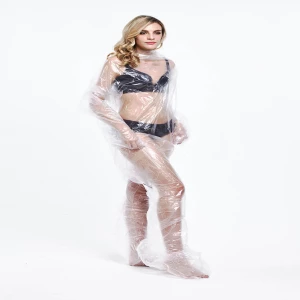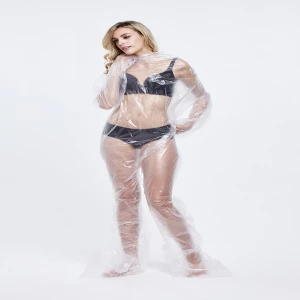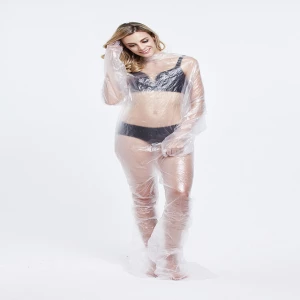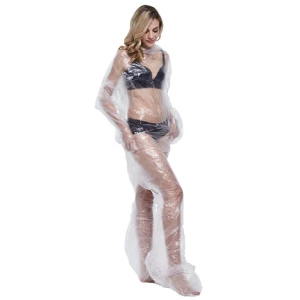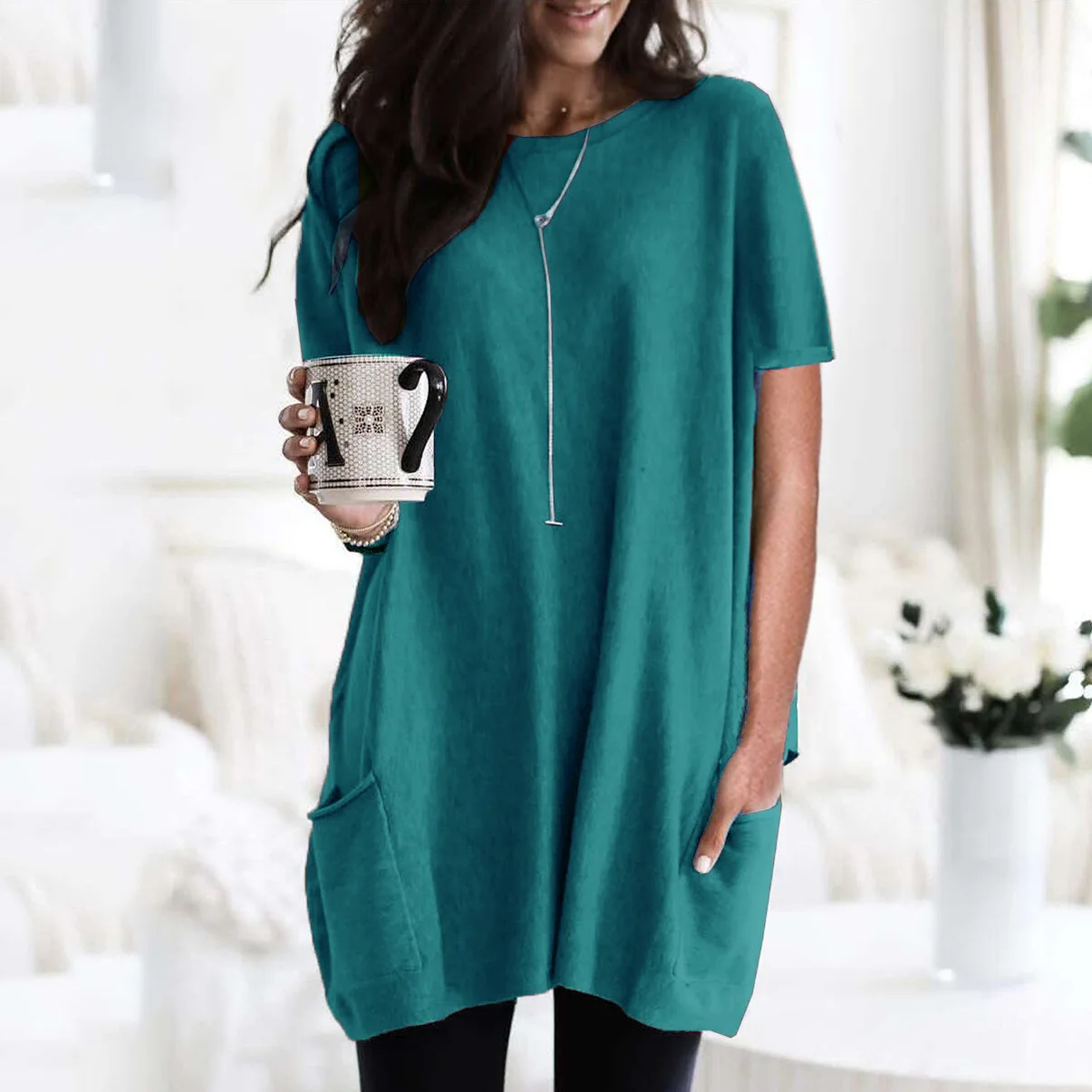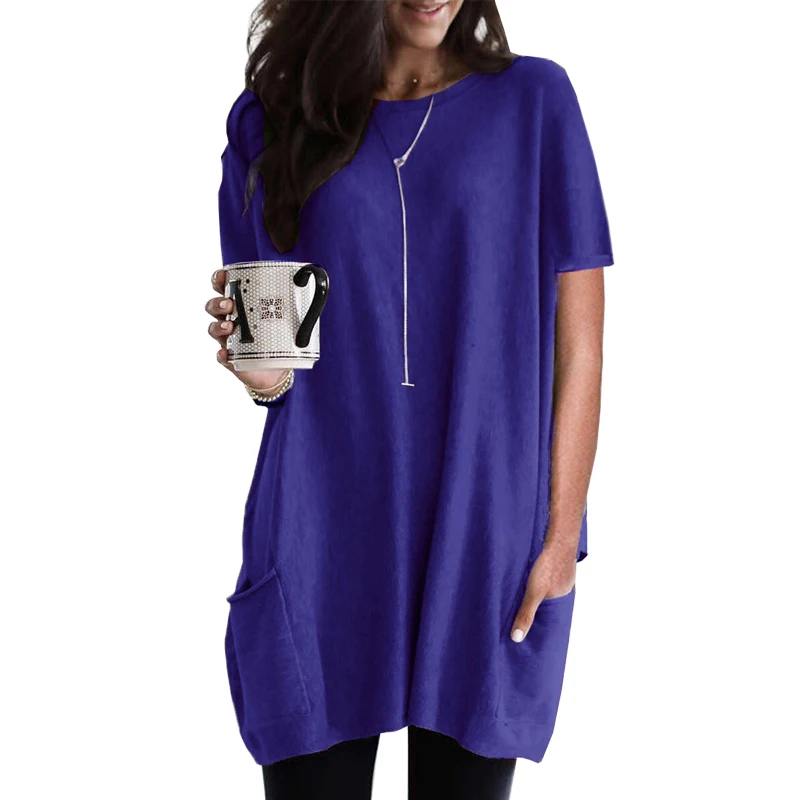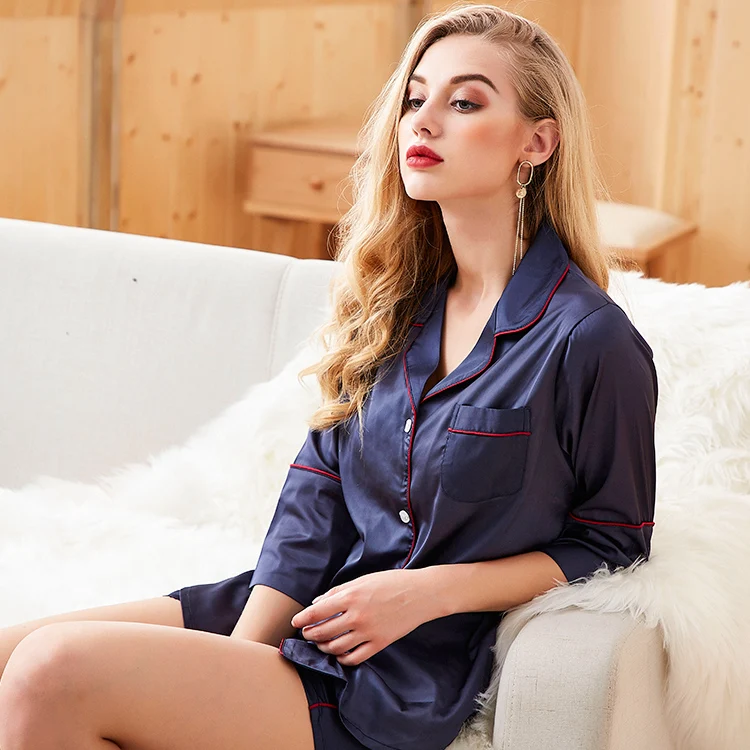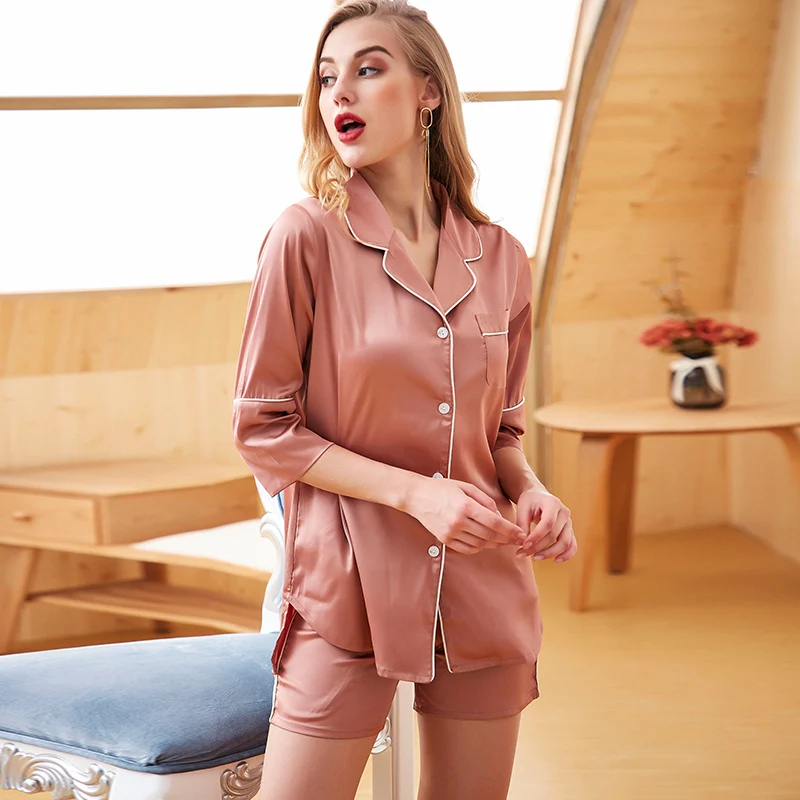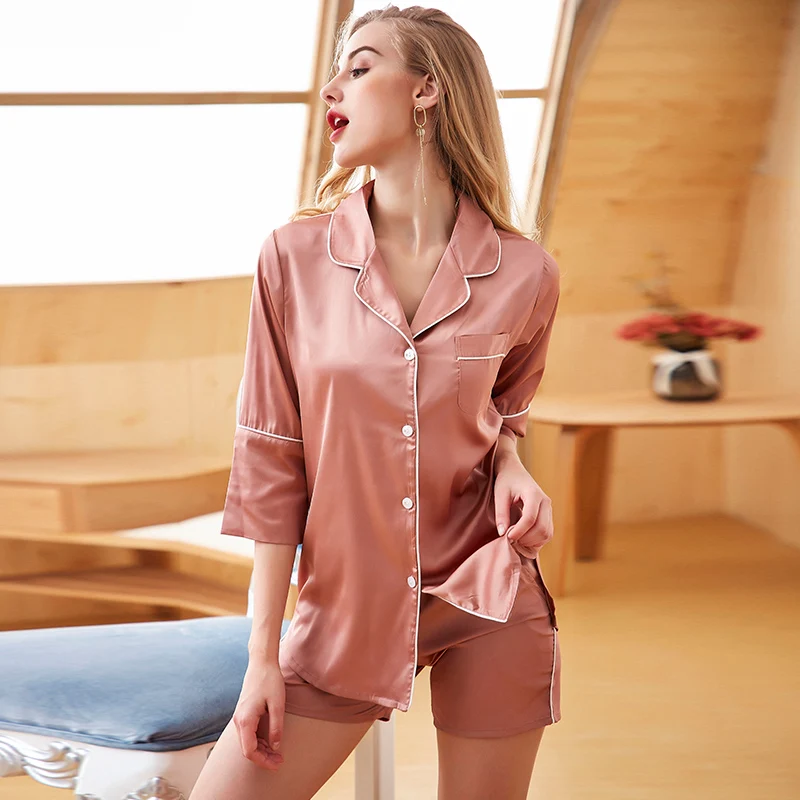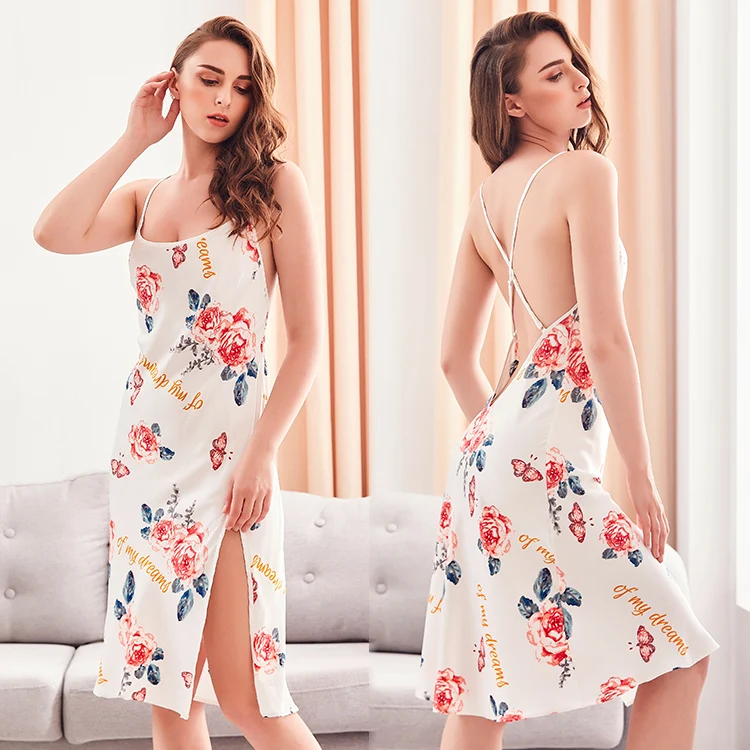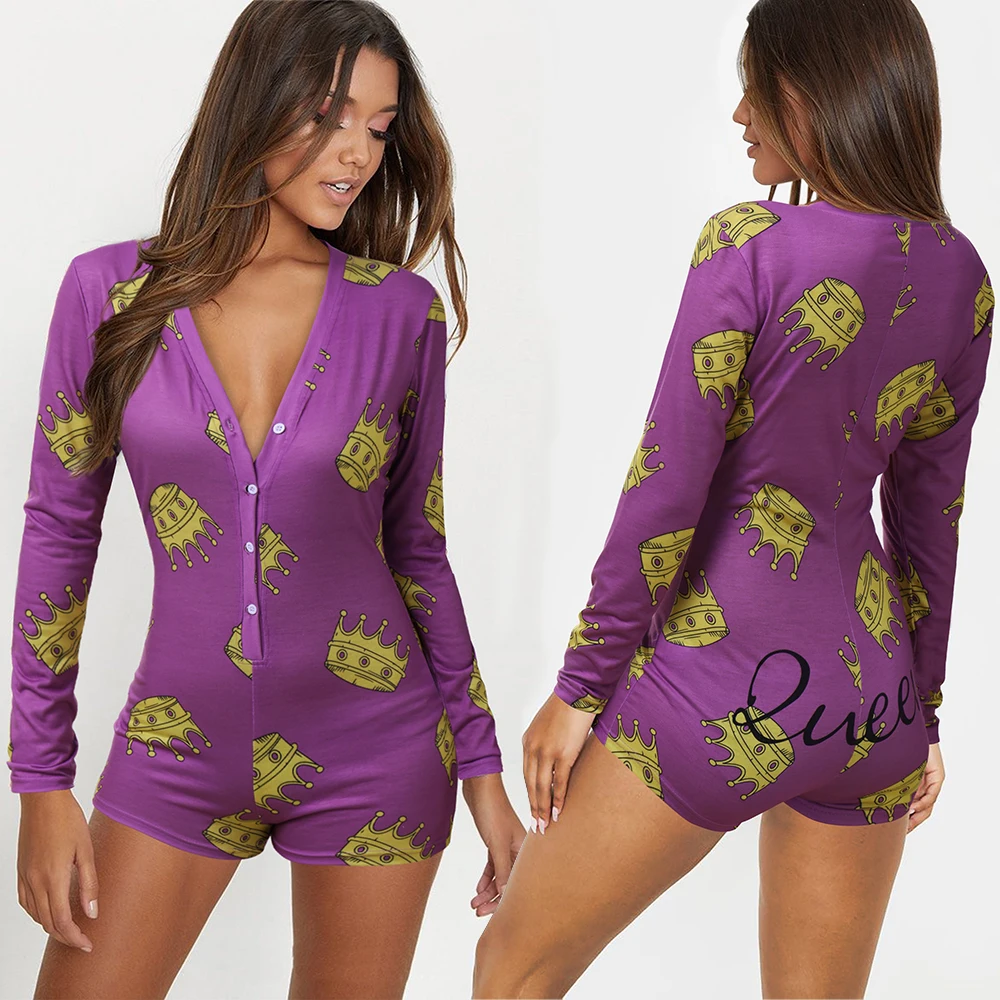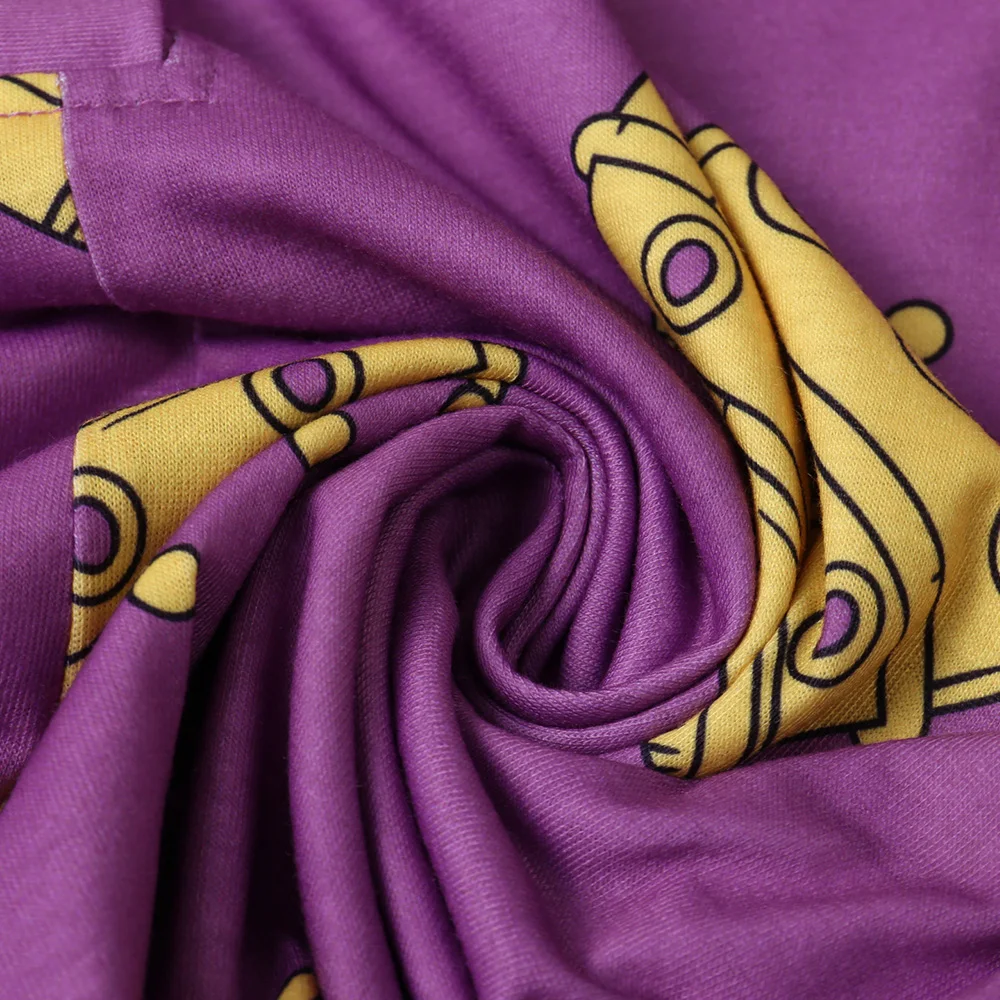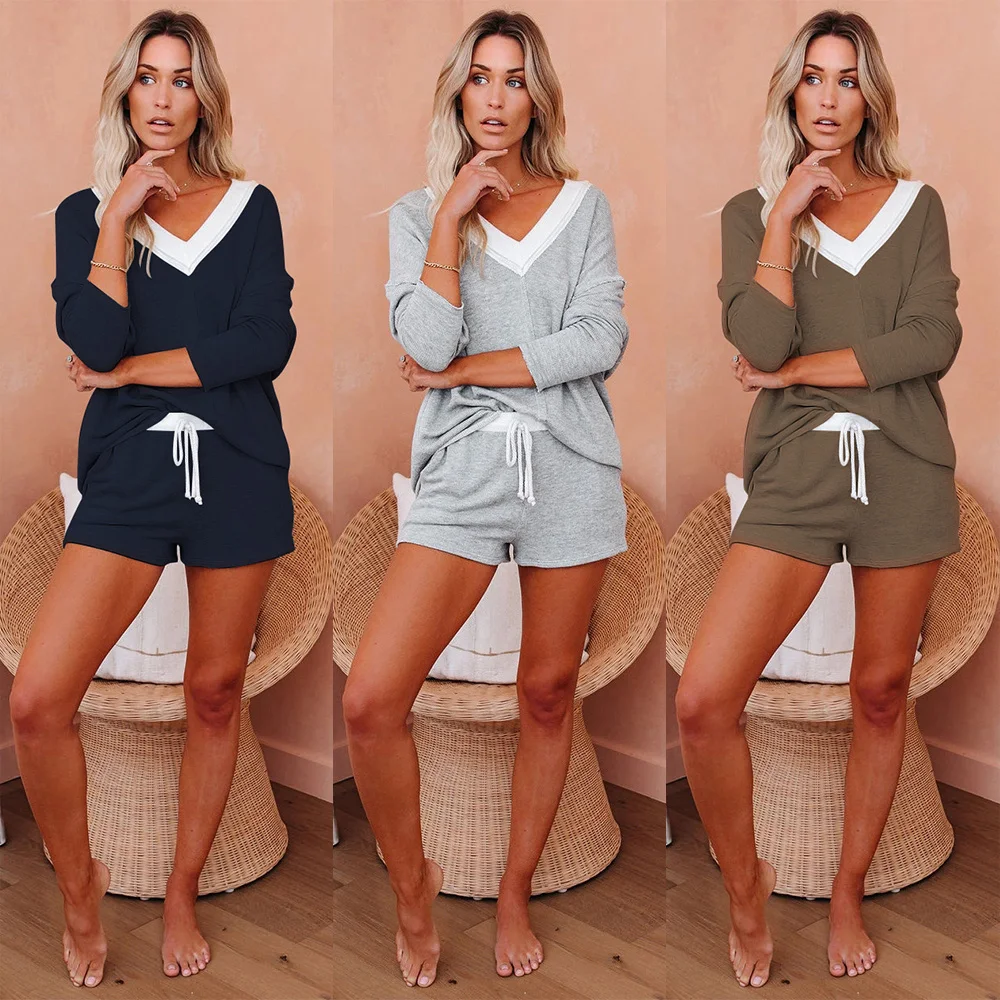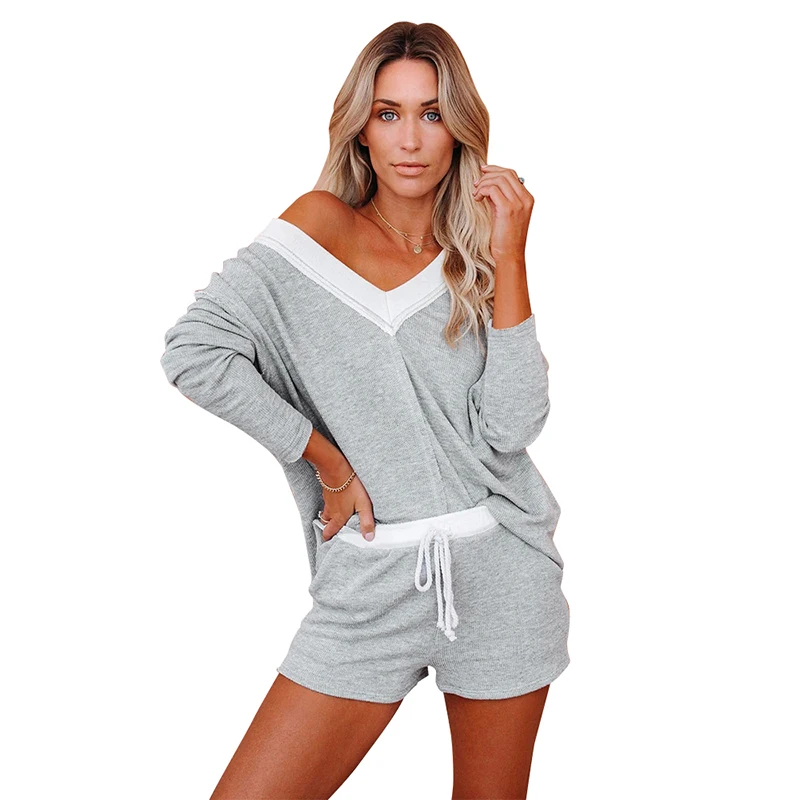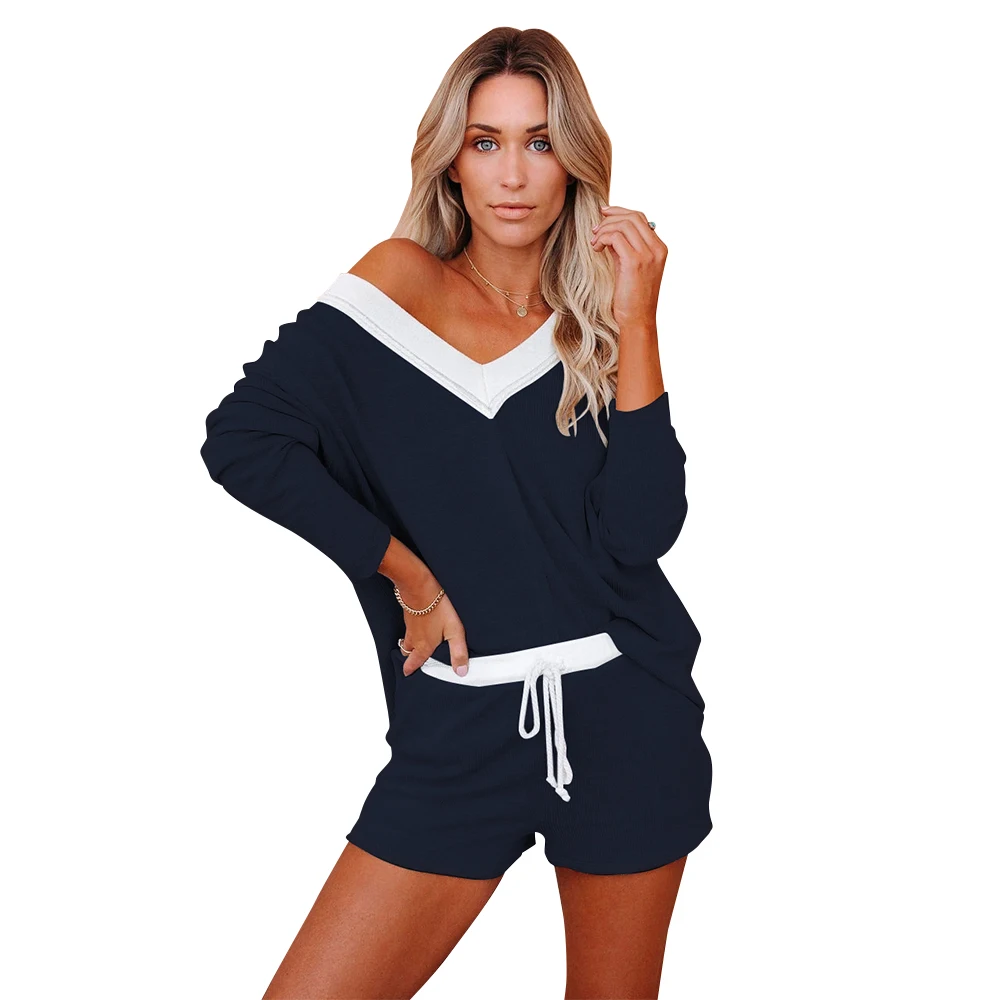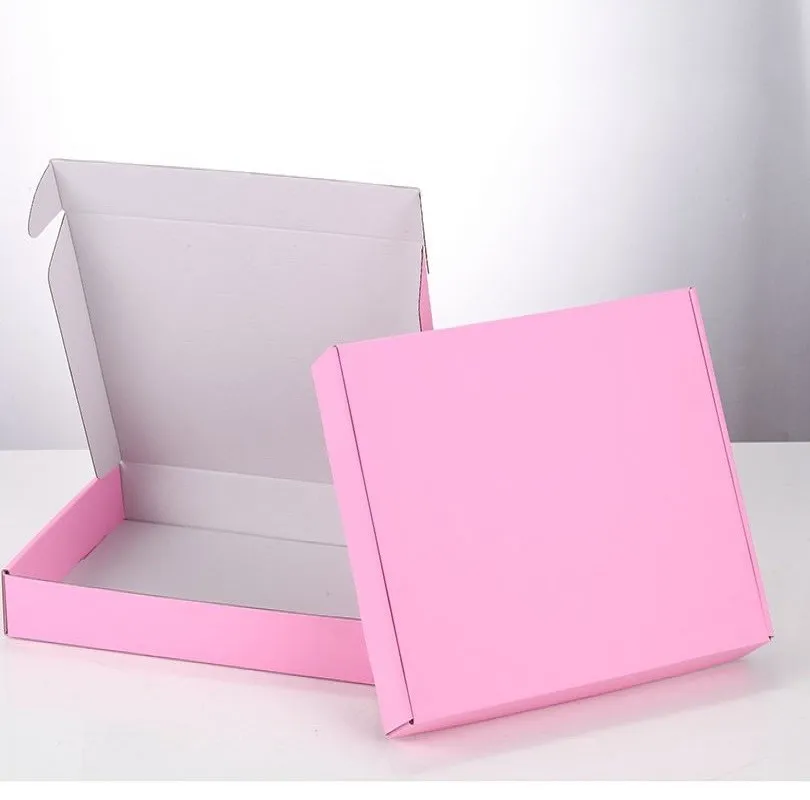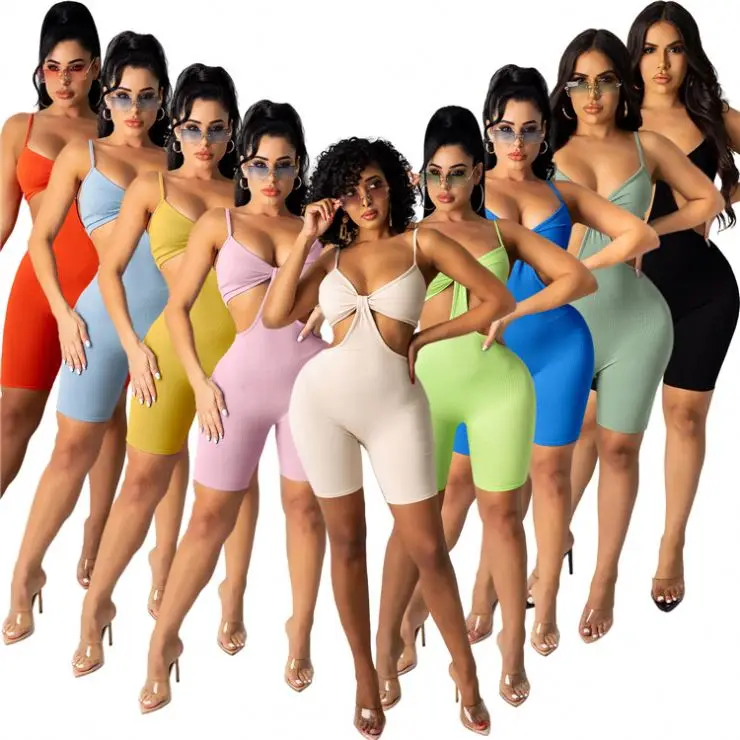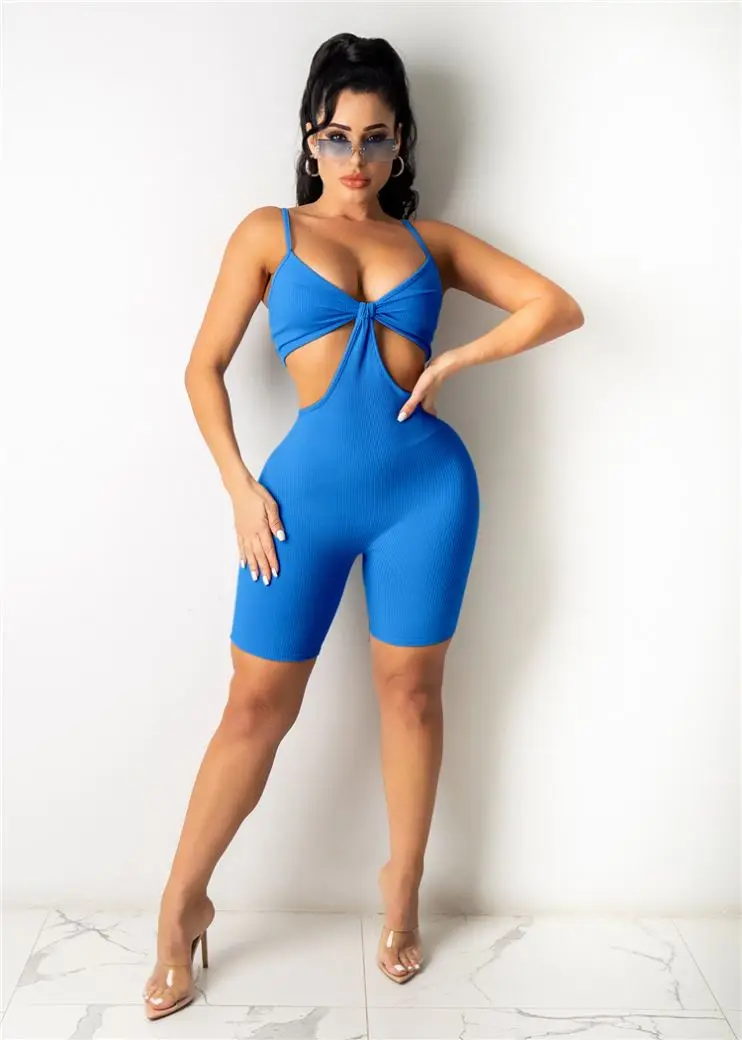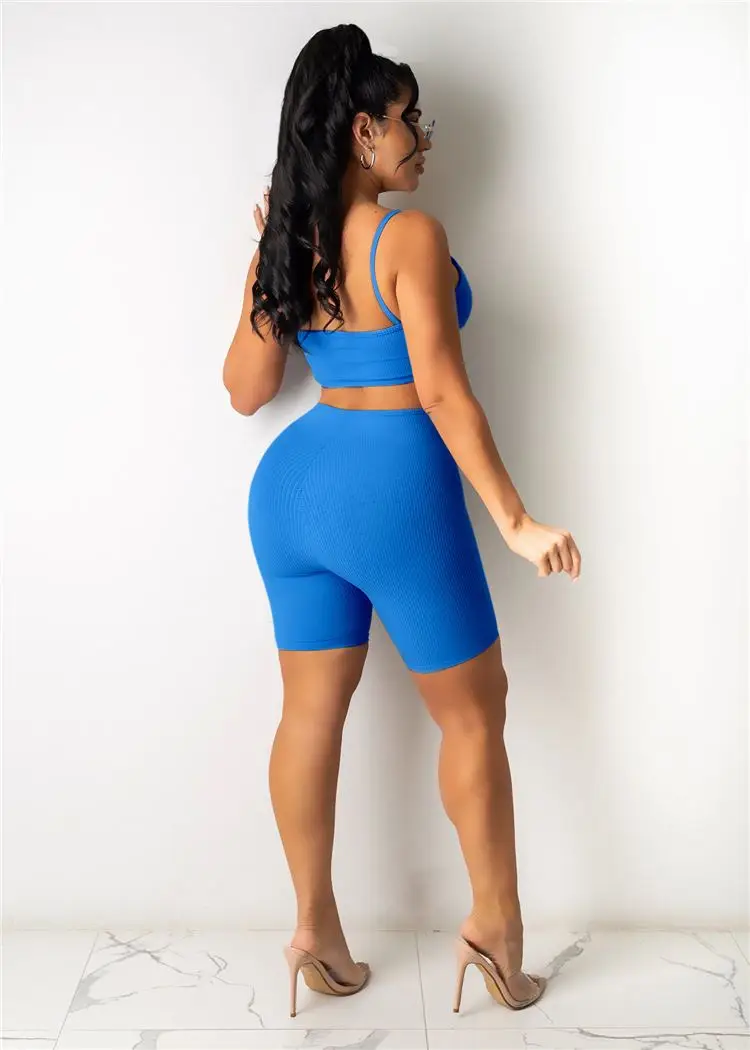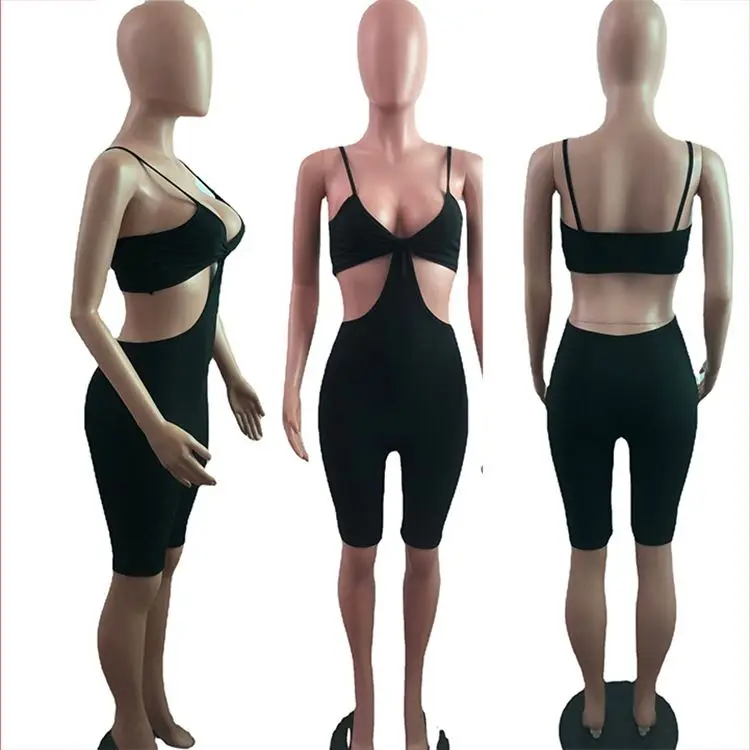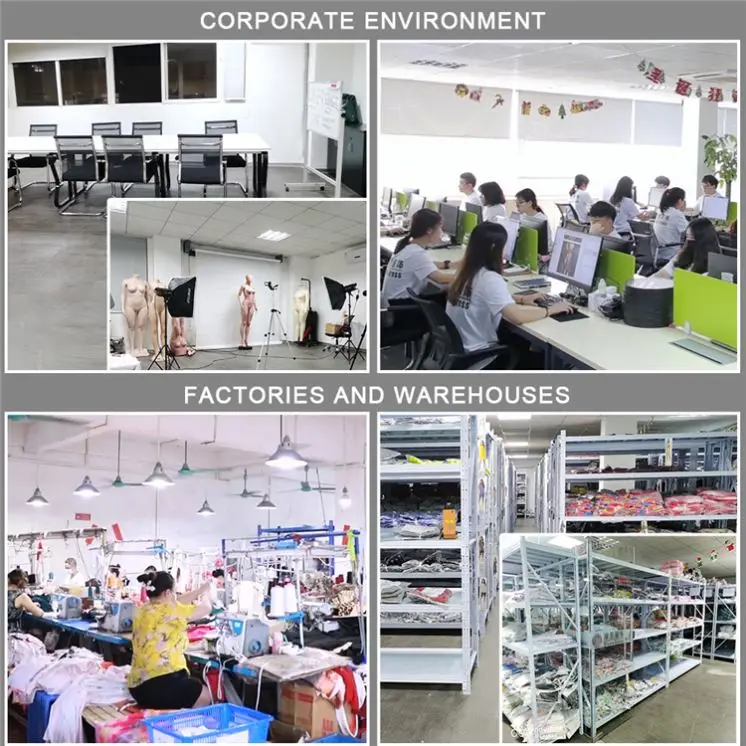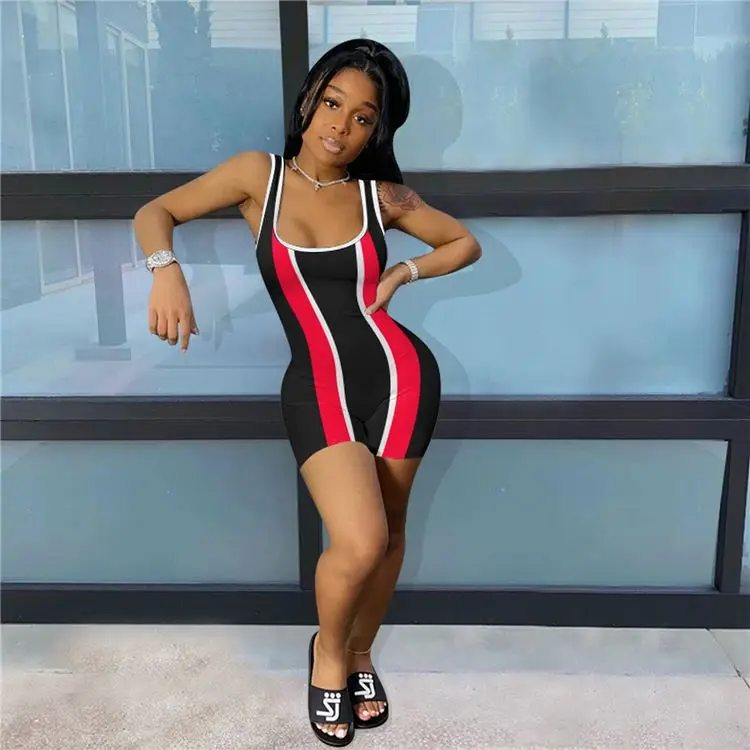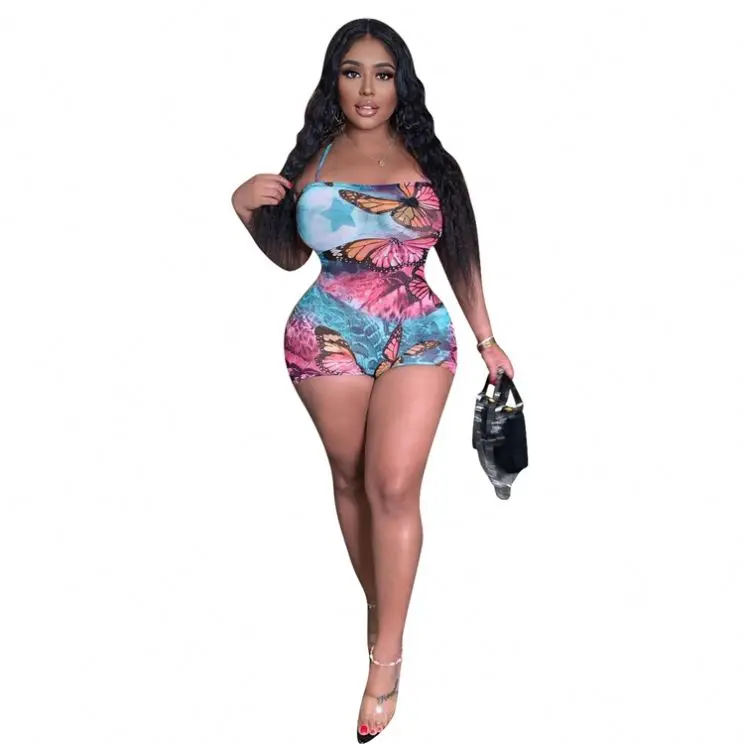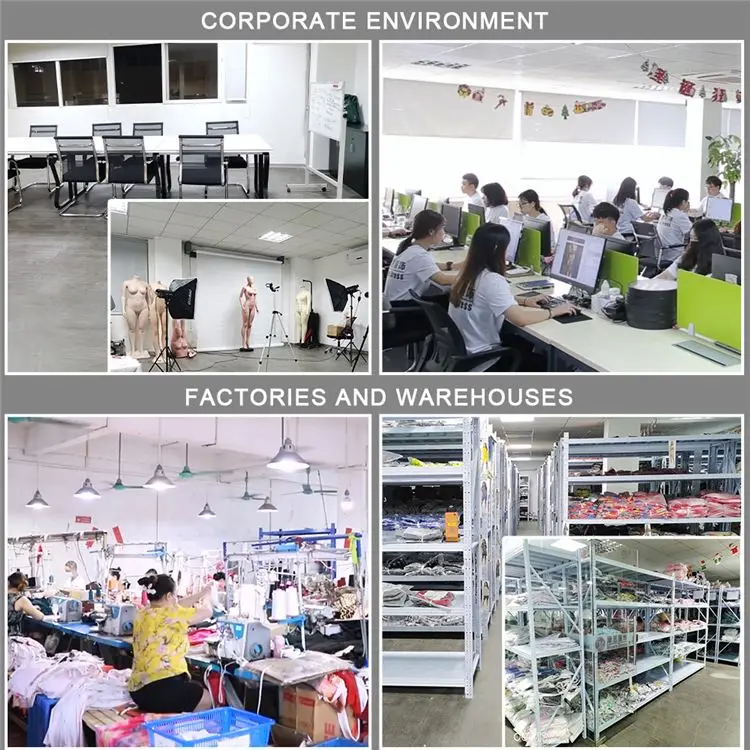Firefighter Suits: Essential Protection for Safety Professionals
When it comes to firefighting, having the right protective gear is non-negotiable. Firefighter suits are designed to withstand extreme heat, flames, and hazardous materials, ensuring the safety of first responders. This guide covers everything from types and features to buying tips and FAQs.
How to Find Reliable Firefighter Suits from China in 2025
China remains a leading manufacturer of high-quality firefighter suits. To find reliable suppliers, check certifications like CE, NFPA, and EN standards. Platforms like Alibaba and Made-in-China list verified manufacturers with customer reviews. Always request samples to test durability and comfort before bulk orders.
What Buyers Should Know Before Buying Firefighter Suits from China
Before purchasing, verify the supplier's reputation, production capacity, and compliance with international safety standards. Look for flame-resistant materials like Nomex or Kevlar. Ensure the suits meet NFPA 1971 or EN 469 standards for optimal protection.
Types of Firefighter Suits
There are several types of firefighter suits, each designed for specific scenarios:
- Structural Firefighting Suits: For building fires, made with heat-resistant layers.
- Wildland Firefighting Suits: Lightweight for mobility in forest fires.
- Proximity Suits: For high-heat environments like aircraft fires.
- Hazardous Materials Suits: Chemical-resistant for toxic spills.
Functions and Features of Firefighter Suits
Modern firefighter suits include features like:
- Thermal insulation to protect against extreme heat.
- Moisture barriers to repel water and chemicals.
- Reflective stripes for visibility in low-light conditions.
- Ergonomic design for ease of movement.
Scenarios of Firefighter Suits
These suits are used in various emergencies, including:
- Building fires and industrial accidents.
- Wildfires and natural disasters.
- Chemical spills and hazardous material incidents.
How to Choose Firefighter Suits
Consider the following when selecting a suit:
- Material: Opt for flame-resistant fabrics like Nomex.
- Certifications: Ensure compliance with NFPA or EN standards.
- Fit: Proper sizing is crucial for mobility and safety.
- Durability: Check stitching and reinforcement in high-stress areas.
Firefighter Suits Q & A
Q: What materials are best for firefighter suits?
A: Nomex and Kevlar are top choices for their flame-resistant properties.
Q: How often should firefighter suits be replaced?
A: Typically every 5-7 years, or after significant damage or wear.
Q: Can firefighter suits be customized?
A: Yes, many suppliers offer customization for fit, color, and additional features.
Q: Are Chinese-made firefighter suits reliable?
A: Yes, if they meet international standards like NFPA or EN.
Q: How do I clean a firefighter suit?
A: Follow manufacturer guidelines, usually involving specialized cleaning to maintain integrity.



